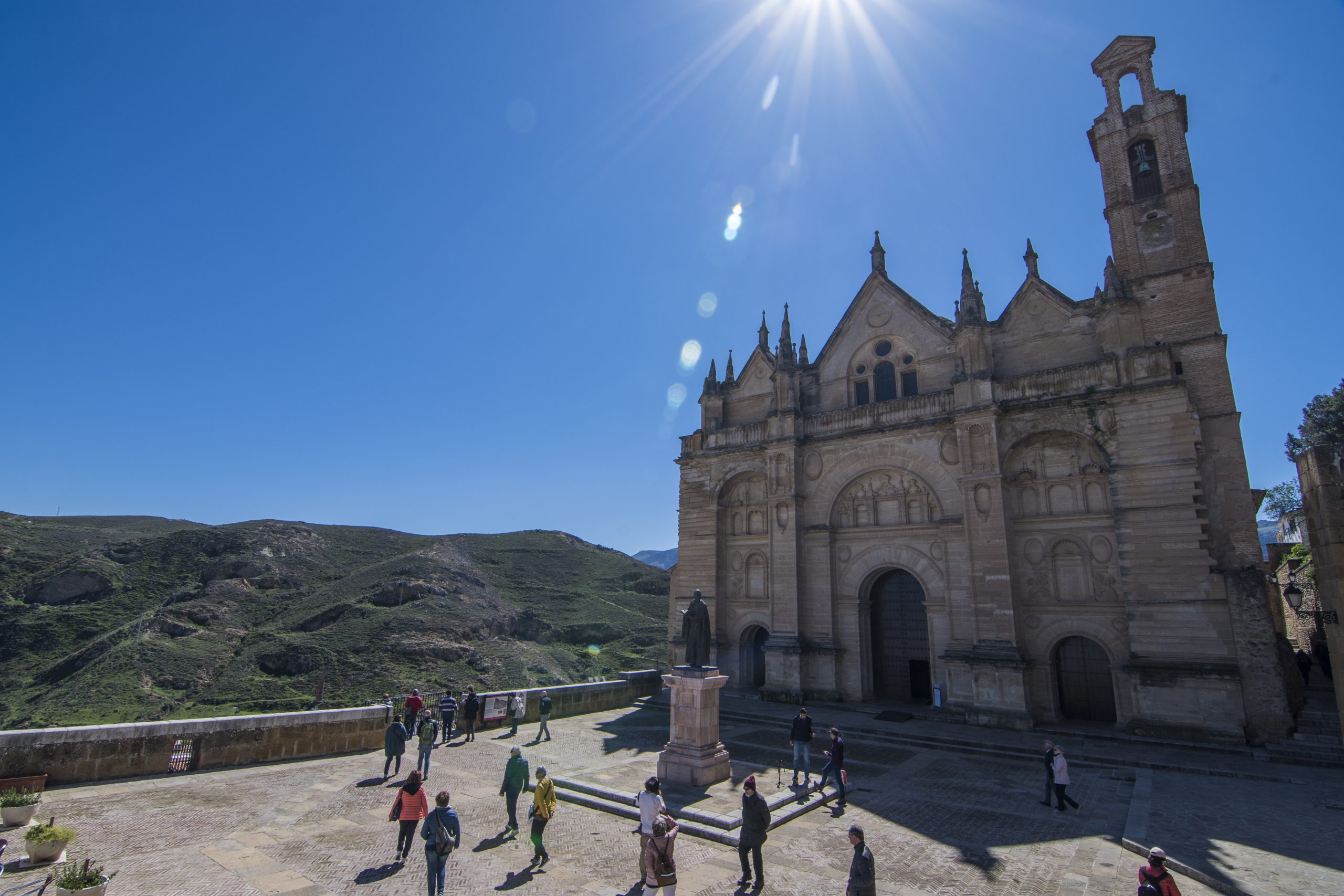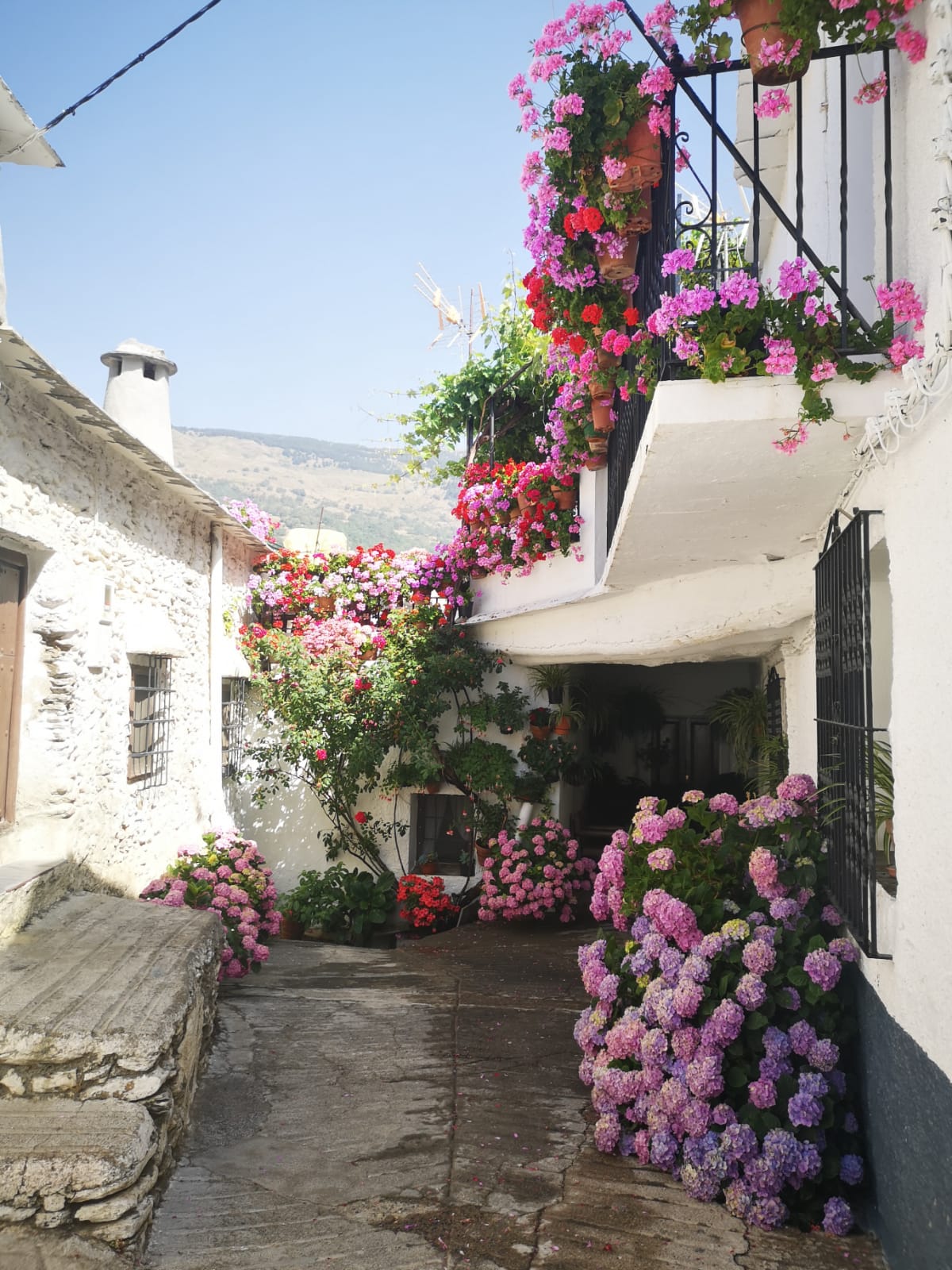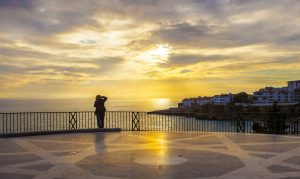Nestled amidst the majestic Sierra Nevada mountains, the Alpujarra, a historical region in southern Spain, beckons with its captivating blend of history, culture, and natural splendor. From its ancient origins to its modern-day allure, the Alpujarra has witnessed the rise and fall of civilizations, leaving an indelible mark on the landscape and the lives of its inhabitants. Embark on a journey through time with this post about the history of the Alpujarra.
The first known inhabitants
The name “Alpujarra” comes from the Arabic word “al-busharat”, which means “the grassland”. The region is known for its picturesque villages, its terraced hillsides, and its abundant water resources.
The first known inhabitants of the Alpujarra were the Iberian Celts, who settled in the region around 4000 BC. They were followed by the Phoenicians and Romans, who were drawn to its fertile soils and abundant water resources and included the introduction of the irrigation system that is still used today, the “acequias”.
The Moors conquered the Alpujarra in the 8th century and established several fortified towns and villages. They also introduced new agricultural techniques and crops, which transformed the region into a thriving agricultural center. Examples of the new crops they introduced are almonds, figs, and grapes. They also built a network of irrigation canals and terraces, which allowed them to cultivate even the steepest slopes.
The Moriscos rebellions
In 1492, the Catholic Kings conquered Granada, the last Muslim stronghold in Spain. All those areas, like the Alpujarra, were repopulated with Christians from other parts of Spain, but many of the Moriscos (converted Muslims) who remained in the region continued to practice their religion secretly.
The first rebellion, in 1500, was sparked by a decree from King Phillip II that forced the Moriscos to convert to Christianity or emigrate from Spain, a fact that caused an uprising. The rebellion was quickly crushed, but it left a legacy of bitterness and distrust between the Moriscos and the Spanish Crown.
In 1568, the Moriscos of the Alpujarra rose up in rebellion once again. This time, the rebellion was led by a charismatic leader named Aben Humeya. The Moriscos were able to defeat the Spanish army in several early battles, but they were eventually overwhelmed by the superior forces of the Spanish Crown. The rebellion was crushed in 1571, and the Moriscos were expelled from Spain in 1609.
The Morisco rebellions had a devastating impact on the Alpujarra. Many of the villages in the region were abandoned, and agricultural production declined sharply. As well as the region’s population and its economy were severely damaged. It took centuries for the Alpujarra to recover from this setback.
The Alpujarra today
Today, the Alpujarra is a thriving tourist destination, known for its natural beauty, charming traditional villages, and delicious food. It is also home to several important cultural attractions, such as the Poqueira Valley, which is home to three of the most beautiful villages in the Alpujarra: Pampaneira, Bubión, and Capileira; a must-visit for hiking, biking, skiing, and other outdoor activities lovers.
If you like to know more about the Alpujarras, click here to book your day trip to this amazing place.










